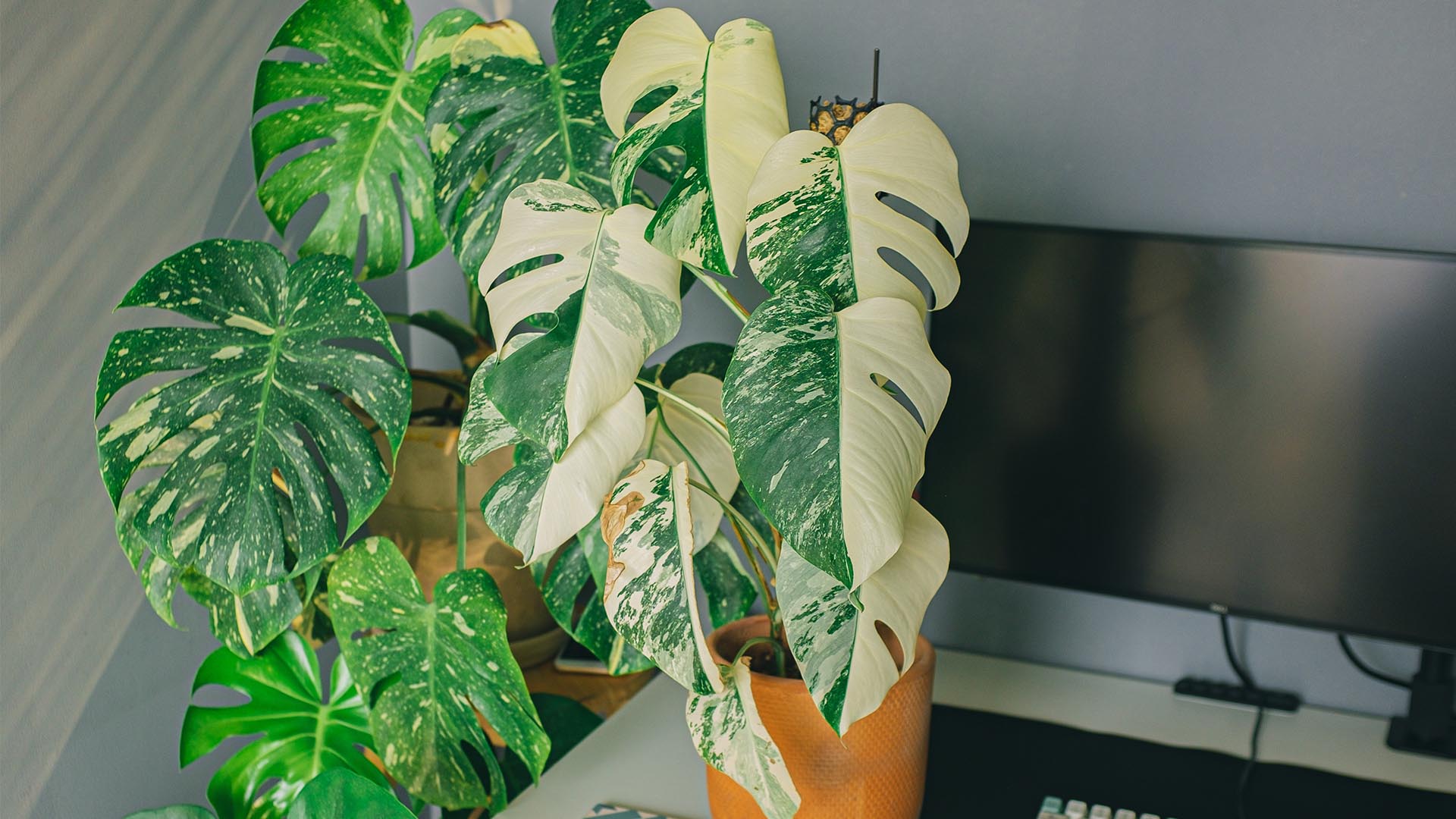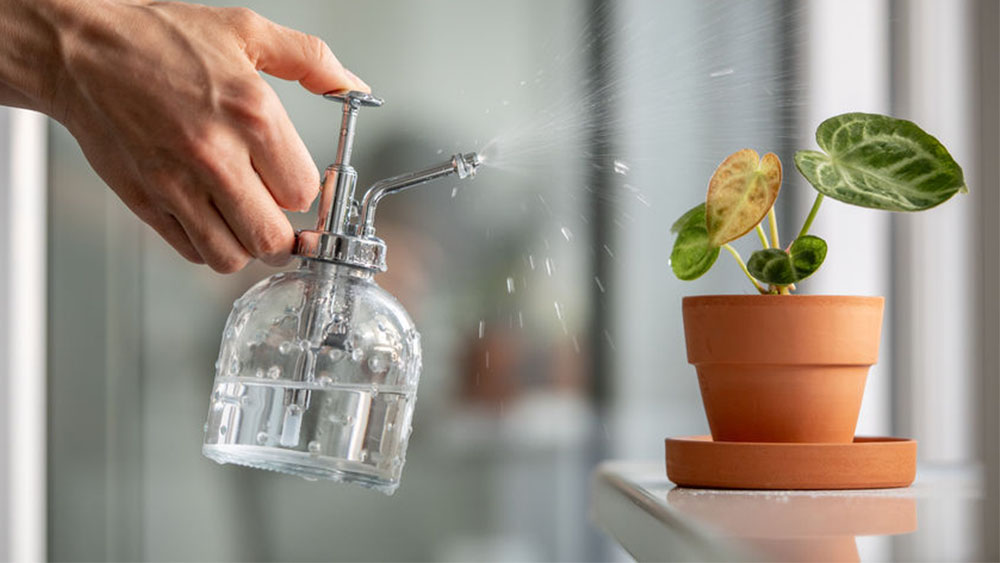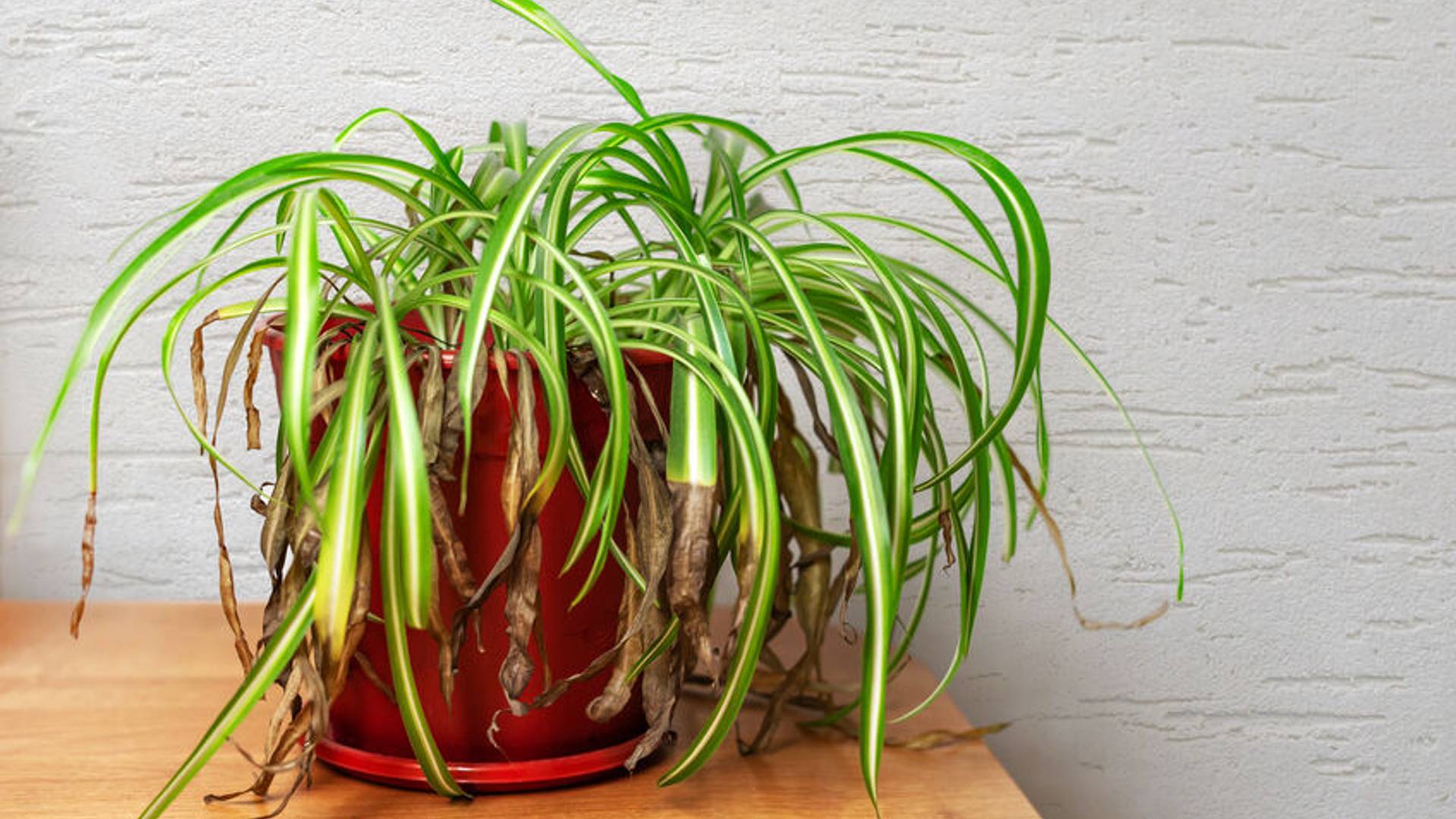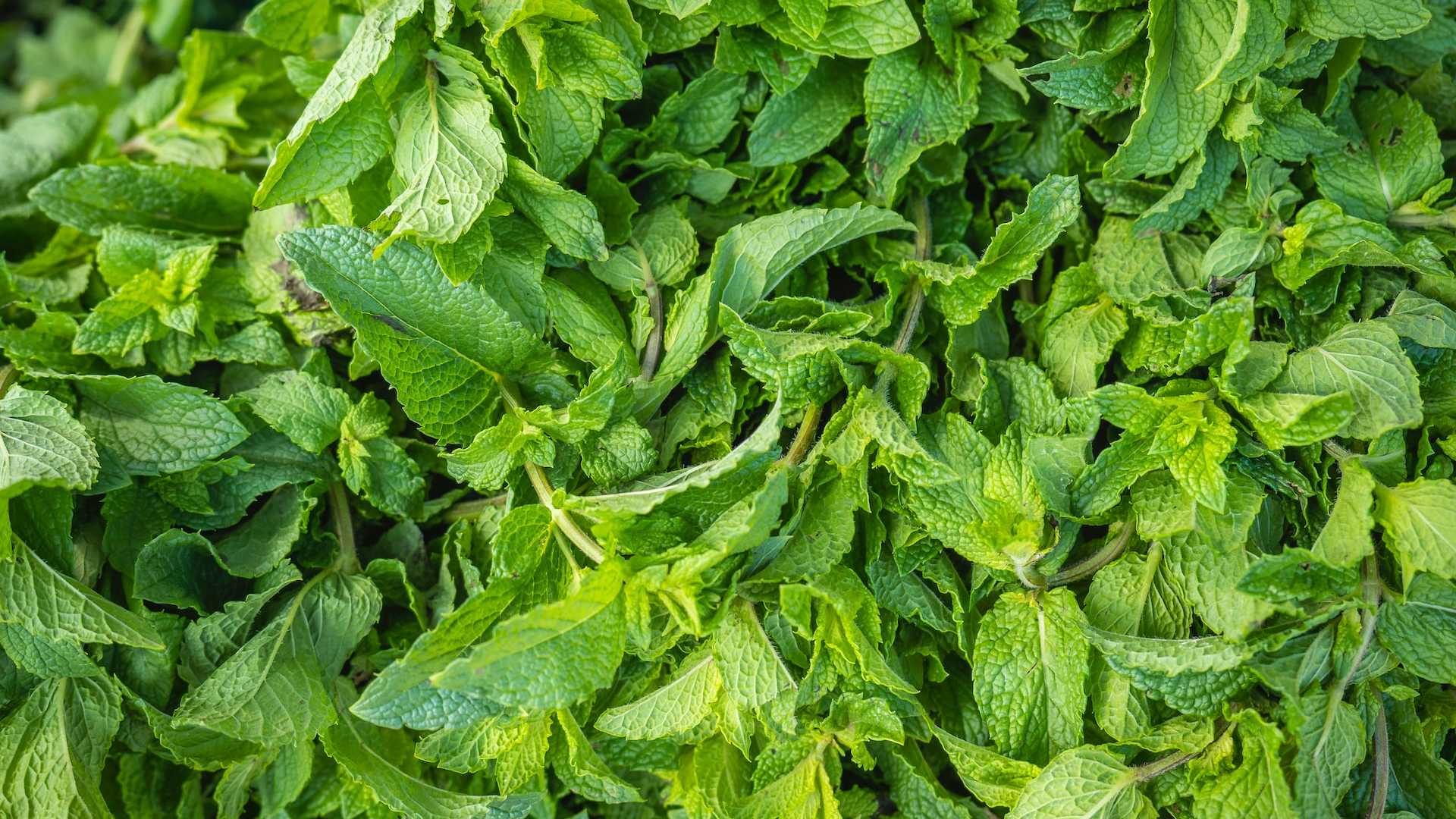Got Yourself A Rare Variegated Plant? Here's How To Help It Thrive
Not only are variegated plants like the monstera thai constellation or philodendron white princess a lovely addition to any home, they are highly sought after in the houseplant community. In fact, demand is so high that some plants can get snapped up in minutes despite costing hundreds of dollars for a relatively small specimen. As variegation isn’t always guaranteed, perhaps the excitement lies in patiently waiting to see what sort of colouration you’ll get as each new leaf unfurls.
Having said that, these multi-coloured houseplants are usually less robust than their fully-green counterparts, and will require a higher level of care. Plus, its desired splotches of colour can be lost in subsequent leaves if the environment isn’t right for it. So if you’re a plant parent looking for tips on how to help these rare finds thrive in your home garden, here are some helpful ones.
1. Bright days ahead
Light, light, light. We can’t emphasise how important it is for variegated foliage. Place these plants in a bright spot, but be sure to have it out of the sun’s direct rays as it may cause the variegated parts to burn. Alternatively, invest in a decent grow light. The patches of colour occur when a plant doesn’t produce enough chlorophyll to turn the entire leaf green, hence a generous amount of light will certainly help it thrive. Inadequate light conditions may result in the plant choosing survival over beauty and reverting back to its original green form.
2. Feed them well
Whilst you’ll want to supply them with the nutrients they need, it’s also important to go easy on fertilisers as variegated plants can be rather sensitive recipients. Our advice? Skip the fast-release fertilisers and go for slow-release ones with a lower nitrogen content instead. This way, vital nutrients can be delivered gradually and steadily. Too much of a good thing can backfire, and result in reversion too.
3. Water matters
Speaking of sensitivity, variegated plants are less tolerant of the trace minerals and chlorine found in tap water too. So if your plant starts to brown around the edges despite doing everything else right, try using filtered or distilled water for a change and see if it makes a difference. Alternatively, bottle up your usual tap water and let it sit overnight before usage.
4. Cut it back
As pretty as an all-white (some refer to it as a full moon) leaf may look, it’s not going to last long as photosynthesis wouldn’t be possible without any chlorophyll present. So if your plant starts producing all-white leaves in succession, enjoy them while they last before giving them a decisive snip to encourage more green to appear in future growth. However, do take note that pruning should only be done for established plants.
5. Maintain consistency
Safe to say, these plants don’t appreciate surprises. They can be sensitive to new environments, and a shock to their system may also cause a reversion to all-green leaves as an act of preservation. So don’t panic if they present signs of deterioration in the first few days of acclimatising to your place - it’s normal and should stabilise once you’ve established a consistent routine for its basic needs like light, water and nutrition.
6. Look out for pests
If possible, check your plant daily and invest in a good range of pest-busting products. Variegated plants can be more susceptible to pests, and will succumb a lot quicker than their all-green cousins should a serious infestation occur. And you’ll want to check the underside of leaves too - pesky spider mites often can be found hiding there.
For the latest updates on Wonderwall.sg, be sure to follow us on Facebook, Instagram and Telegram. If you have a story idea for us, email us at [email protected].











